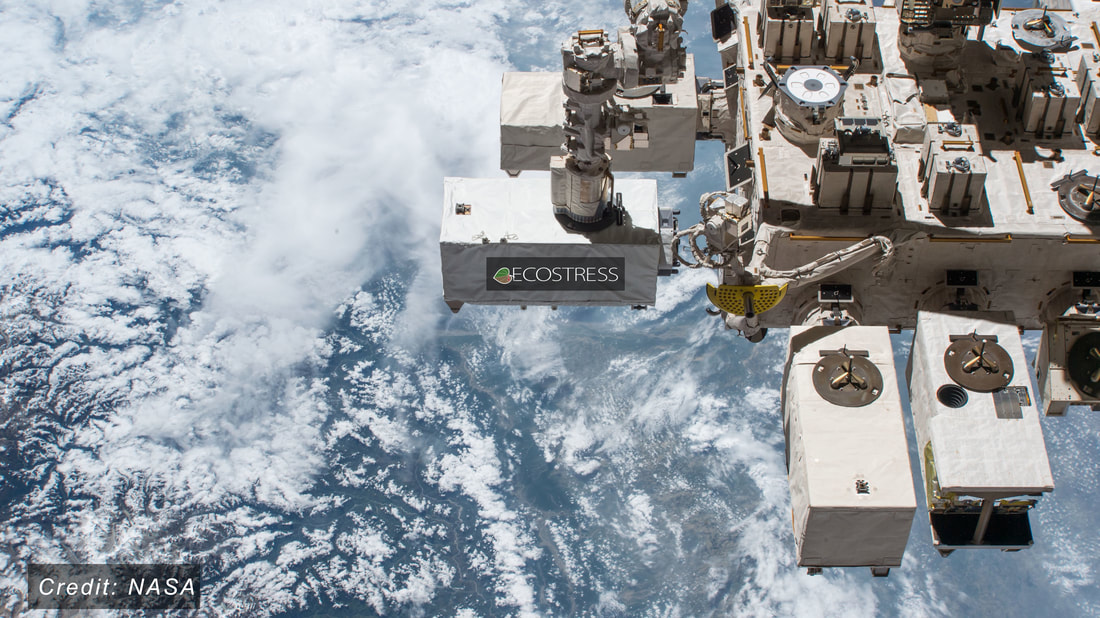His lab will focus on understanding how climate change impacts the functioning of western US dryland and agricultural systems, with an emphasis on the consequences of ongoing intensification of the water cycle (e.g., drought). He'll be looking for graduate students and postdoctoral associates - what a great opportunity.
We are so excited for Andrew and could not be more excited to continue collaborating far in the future!

 RSS Feed
RSS Feed
